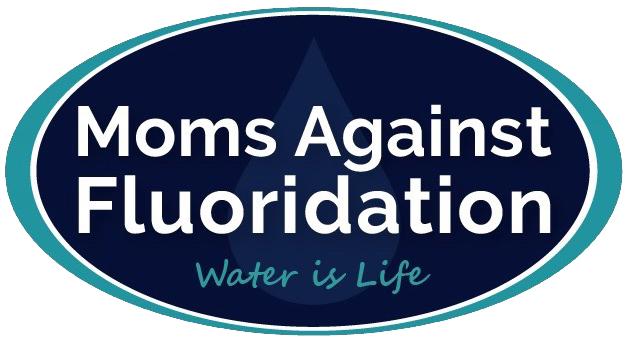In 1986, the U.S. Environmental Protection Agency (EPA) established a maximum-contaminant-level goal (MCLG) of 4 milligrams per liter (mg/L) and a secondary maximum contaminant level (SMCL) of 2 mg/L for fluoride in drinking water. These exposure values are not recommendations for the artificial fluoridation of drinking water, but are guidelines for areas in the United States that are contaminated or have high concentrations of naturally occurring fluoride. The goal of the MCLG is to establish an exposure guideline to prevent adverse health effects in the general population, and the goal of the SMCL is to reduce the occurrence of adverse cosmetic consequences from exposure to fluoride. Both the MCLG and the SMCL are nonenforceable guidelines.

